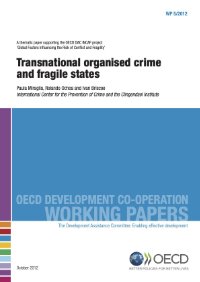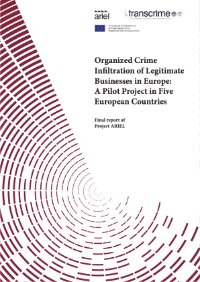By Livia Wagner
Throughout history, man has venerated gold. Gold was the first of the three gifts of the Magi to Jesus. For much of the 19th and 20th centuries, the values of world currencies were fixed in terms of gold (the Gold Standard). Olympic athletes vie for gold medals and the best footballer in the world is awarded the Ballon d’Or. An extremely well behaved child is ‘as good as gold’ and a generous person has ‘a heart of gold’.
It is only natural to think positively about gold, just as it is equally natural to think negatively about drugs. But, as the Global Initiative proves in its latest research report: “Organised Crime and Illegally Mined Gold in Latin America”, illegally mined gold is now more important to organized crime in some countries of Latin America than narcotics:
In Peru and Colombia – the largest cocaine producers in the world – the value of illegal gold exports now exceeds the value of cocaine exports.
Illegal mining is the easiest and most profitable way to launder money in the history of Colombian drug trafficking.
Geneva, SWIT: Global Initiative against Transnational Organized Crime, 2016. 100p.





















